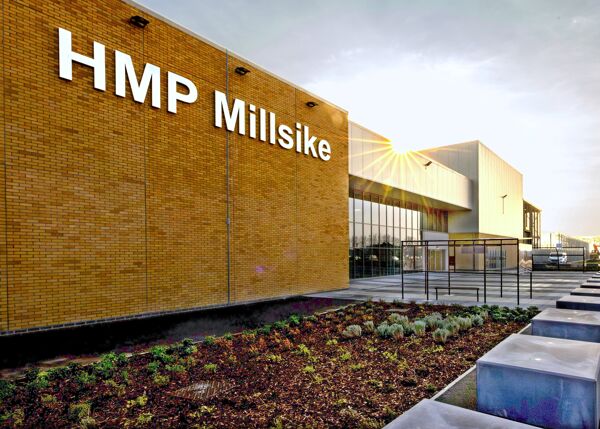
One of the enabling works contractors on the first phase of the High Speed Two (HS2) railway from London to Birmingham used NEC for the critically important job of recording heritage assets around Euston Station. Costain Skanska joint venture engaged Mott MacDonald in 2020 under an NEC3 Professional Services Contract (PSC) option G (term contract) to develop documentation on protecting heritage assets that might be affected by construction of HS2 in the area around Euston Station.
A wide range of recordings and document deliverables had to be produced and submitted to project promoter HS2 Ltd and the London Borough of Camden for acceptance. These included heritage agreement method statements, project plans, location-specific written schemes of investigation, recording reports, archaeological detailed desk-based assessment, decision record reports and risk assessment method statements. All documentation was made publicly available through the Archaeological Data Service.
The consultancy work was critical to the delivery of several HS2 follow-on packages. It released demolition works following completion of the historic environment recording, and was sensitive to both media speculation and public antipathy linked to the perceived detrimental effect of the HS2 project.
The £0.5 million consultancy project was completed in May 2022 to the agreed budget and programme. It was highly commended for the 2022 NEC Transport Contract of the Year award.
Mutual trust and co-operation
Work package manager John Yabbacome of Costain Skanska says collaboration on the consultancy project was initiated through an NEC contract workshop. ‘This enabled the project team, across both parties, to go through the NEC3 PSC contract, to understand roles and responsibilities, risks and opportunities, and to identify how the teams could work together in the required, “spirit of mutual trust and co-operation,” to best effect.’
He says the consultant set up weekly 15 minute commercial catch-up sessions between team members to run through the status of invoicing, programme, requests for information, NEC early warning notices and NEC compensation events. ‘This provided a platform for regular front-of-mind discussion, enabling clarity on status of all matters along with mutual accountability. Further, it promoted a direct channel of communication to expedite emerging issues and flag-up opportunities.’
A total of 150 NEC early warnings were notified on the project, resulting in clear discussion between parties on precisely the issue, the impact and how both sides were able to effect mitigation. Seven were notified by the client and 143 notified by the consultant.
Yabbacome says, ‘The value driven by the project team through this number of early warning notices, predominantly by the consultant, was of preventing the development of emerging risks through timely and clear communication and mitigation accountability. This sharp focus on risk and mitigation was possible through collaborative communication and both sides being clear on how to utilise the early warnings to strong effect.’ He adds that the number of early warnings generated was seen as a strength in collaborative working across both sides of the project team.
Overall there were 27 NEC compensation events notified, 12 following client and 15 notified by the consultant. All were accepted, with 17 accepted within two weeks and the longest taking five weeks. According to Mott MacDonald project manager Ben Wajdner, ‘The number of compensation events were deemed a result of transparent communications and proactive action, but the real success comes from the high ratio of accepted compensation events that met all requirements of the contract. This was a sign of collaborative working by both parties to lead to a successful project outcome.’
Managing delays
Wajdner says the programme was very tight at the outset of the project, with only six days float between planned completion and the completion date. However, this was impacted a number of times due to various delays throughout the project.
‘The enormous potential risk to the HS2 project as a result of the low-level of total float was successfully mitigated through adherence to the contract, positive behaviours and proactive action. The completion date was changed collaboratively through regular monthly discussion and prompt implementation of compensation events.’
He says at one point in the programme, disagreement on the date for planned completion led to a delay in accepting the programme, impacting the ability to justify future changes to the completion date. ‘Due to the good faith held between both parties and levels of positive rapport across both the client’s and our management teams, this was resolved through candid discussion with lessons shared.’
Benefits of using NEC
- NEC obligation to act in a, ‘spirit of mutual trust and co-operation,’ ensured a collaborative approach between the client and consultant.
- NEC early warning notifications prevented the development of emerging risks through timely and clear communication and a sharp focus on mitigation.
- NEC compensation events were all quickly agreed, reflecting the commitment of both parties to achieve a successful project outcome.




